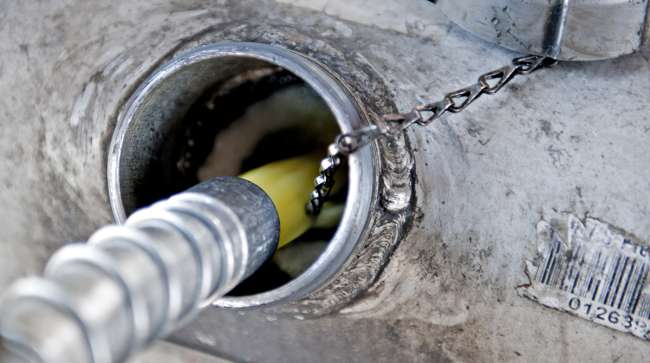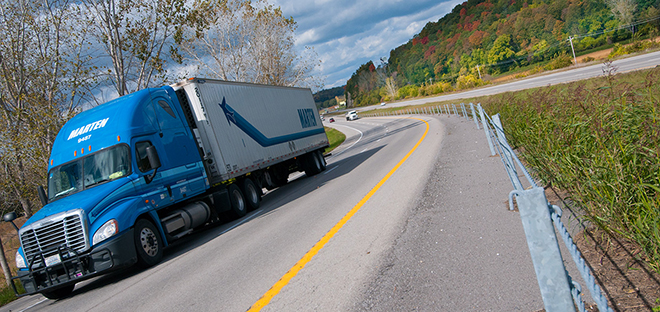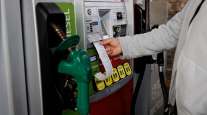Diesel Rises 1 Cent to $2.797 Per Gallon

The U.S. average retail price of diesel fuel increased 1 cent to $2.797 a gallon, the Department of Energy reported Oct. 23.
While prices appear to have stabilized after a surge due to disruptions at oil refineries in Texas caused by Hurricane Harvey, the increase in fuel expenses, along with other cost increases, has cut into trucking company profits this year.
Diesel costs 31.9 cents a gallon more than it did a year ago, DOE’s Energy Information Administration said.
Marten Transport, a major refrigerated truckload carrier based in Mondovi, Wis., said its profits fell by $500,000 in the three months ended Sept. 30, compared to the same period a year ago, in part because of higher fuel prices.
“The improvement in our revenue per tractor for the third quarter did not offset the increase in our operating expenses related to insurance and claims and fuel,” Chairman and CEO Randolph Marten said. Other negative factors included a decrease in reported gains on the sale of equipment and the impact of hurricanes on the company’s operations in Texas and in the southeastern United States.
In the first nine months of 2017, Marten reported paying $77.1 million for fuel and fuel taxes, a jump of 12.7% compared with $68.4 million spent in the same period in 2016. Taxes make up 19% of the average cost of diesel, according to EIA.
Marten Transport ranks No. 46 on the Transport Topics Top 100 list of largest for-hire carriers in North America.

Marten's profits fell by $500,000 in the three months ended Sept. 30 in part because of higher fuel prices. (TT File Photo)
Fuel cost per mile in 2016 was 33.6 cents, or 21% of total costs, according to an study conducted by the American Transportation Research Institute. That figure was the lowest since ATRI began tracking trucking operational costs in 2008.
Fuel costs vary by sector, with specialized carriers reporting the highest cost per mile at 36.5 cents followed by less-than-truckload carriers at 34.8 cents and truckload carriers at 31.8 cents, ATRI said.
Other factors affecting fuel costs include equipment age, vehicle weights and fleet size.
Fleets with between five and 25 power units reported the highest fuel cost per mile at 39.5 cents and fleets with more than 1,000 power units reported the lowest cost per mile at 30.4 cents, according to the ATRI study.
At Werner Enterprises, fuel consumed 9.5% of total expenses in the three months ended Sept. 30 compared with 8% in the same period a year ago.
“Diesel fuel prices were 26 cents per gallon higher in the third quarter of 2017 than in the third quarter of 2016 and were 15 cents per gallon higher than in the second quarter of 2017,” Werner officials reported in the company’s latest financial statement.
Omaha, Neb.-based Werner ranks No. 16 on the for-hire TT100.
Regional prices for trucking’s main fuel rose everywhere except the Central Atlantic region, where it declined 0.2 cent a gallon, and the East Coast, where the price was unchanged at $2.797.
The U.S. average price for gasoline ticked down by 1 cent to $2.479 a gallon, but also costs 23.6 cents more than it did a year ago, which may explain why gas consumption is down this year, based on data from the American Petroleum Institute.
U.S. drivers bought 9.32 million barrels per day in 2017 through September, 0.3% lower from a year ago, API reported.
West Texas Intermediate for December delivery added 6 cents to settle at $51.90 a barrel on the New York Mercantile Exchange. Total volume traded was about 27% below the 100-day average, according to Bloomberg News.




